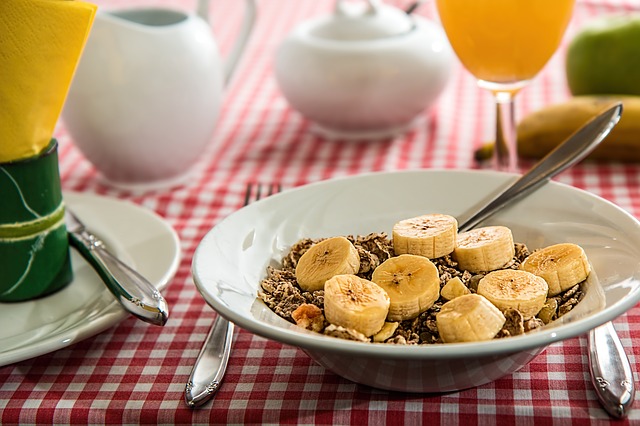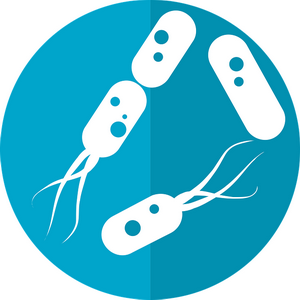
Last week I was writing about how intimately our health is tied to the bacteria that live in our gut. I drew the picture that what we ate determined whether we had “good guy” bacteria supporting our health growing inside us or “bad guy” bacteria tearing down our health. The “good guys” like to eat soluble fibers as found in lots of different vegetables while the “bad guys” like to eat sugar, grains, seed oils, saturated fats, and poorly digested proteins. In short, healthy foods feed healthy bacteria and junk foods feed toxic bacteria. I ended with the general prescription for us to eat lots of different vegetables, monosaturated fats, and small amounts of proteins that are sourced from free-living organic animals, birds, fish, and what not.
Lastly I mentioned that there was a small subset of humans that would do worse on this otherwise healthy lifestyle. Who are those people, and are you one of them? I am talking about folks that have Small Intestine Bacterial Overload – SIBO for short. What is SIBO? Between your small intestine and colon there is a valve called the ileocecal valve that is supposed to control how fast your broken down food and digestive juices move into the colon. This valve is also supposed to prevent any colon bacteria from backing up into the small intestine. There aren’t supposed to be many bacteria in the small intestine, and a 100,000% greater amount in the colon. That valve acts like your bathroom toilet – a one-way valve out to the sewer. What happens to your house if the toilet fails and sewage backs up into your bathroom and house? Pretty nasty! If that happens to you on your insides it is called SIBO.
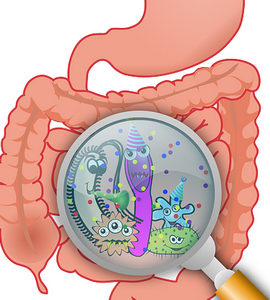
SIBO can cause a wide variety of odd symptoms all over the body such as – right shoulder pain, right side pelvic pain, low back pain, pain surrounding your heart, flu symptoms, tinnitus, nausea, syncope / near syncope, headache, bad breath, face pallor, dark circles under eyes, dizziness, and/or bowel disturbances (diarrhea / constipation). The prime thing I look for in patients is either constipation or diarrhea (depending upon whether the valve is stuck closed or open) combined with tenderness in the lower right belly region. The classic symptom test for SIBO is whether you get swelling/bloating that starts 4 to 5 hours after you eat a meal. Bloating in the first half hour after eating is a stomach/allergy problem, and half an hour to 2 hours is a duodenum issue involving the pancreas or liver/gallbladder.
So what does this have to do with fiber? When bacteria break down fiber, one of the byproducts is gas – either hydrogen sulfide (stinky) or methane (non-stinky). If that valve is stuck open, the gas formation pushes the bowel contents (bacteria) backwards into the small intestine causing an

overload of bacteria in the small intestine (SIBO). You don’t want this, so you want to avoid eating any fibers that induce gas formation. In this case you follow what is called a FODMAP diet. Here is a sample:Link
So, while we all need lots of soluble fiber to feed the healthy bacteria, if you have a dysfunctional ileocecal valve, you need to address that first. What causes the ileocecal valve to get stuck? The biggest thing is stress, specifically stress that puts you into fight-or-flight adrenaline go-go-go mode. We call this sympathetic dominance in the doc biz. Proper digestion happens when we are in the opposite state called para-sympathetic dominance, the relax and digest state. A bad diet can inflame the gut enough to cause a stuck ileocecal valve. Often times this is the case when a patient comes in complaining of low back pain without any causal injury or insult. A bad diet has triggered an ileocecal valve issue, which in turn causes the iliopsoas muscle to spasm which then yanks the low back out.
Using a FODMAP diet eventually calms the SIBO down as it decreases the abundance of bacteria. This is good for symptoms, but bad for long term health as health relates to high diversity and abundance of healthy gut bacteria. And many healthy gut bacteria also produce gas.
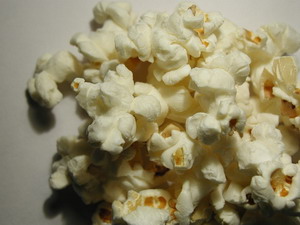
For my patients I speed things along by actually adjusting the ileocecal valve to return it back to balance. I then put patients on a diet that avoids anything rough or scratchy for a couple weeks as the inflamed area is raw and sensitive. This usually settles things down quickly. Most often the adjustment alone settles things down within the day. That way we can get back to eating the healthy fiber foods we need to feed our “good guys”.
Here is a list of high soluble fiber “good guy” foods I have extracted from various sources. Naturally you want to avoid these if you suspect you have SIBO:
Jicama
Coconut
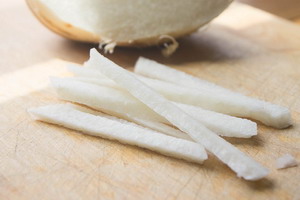
Flax/Chia
Oats
Psyllium
Popcorn
Almonds/pistachios/nuts
Beans/peas
Legumes
Root vegetables
Cruciferous veggies
Green Bananas
Winter Squash
Asparagus
Konjac noodles
Onions/Garlic/Leeks
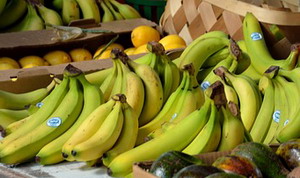
Artichokes
Sunchokes
Dandelion/collard/kale
Apple pectin
Chicory root
Burdock root
Cocoa/70% dark chocolate
Yacon
Acacia gum
Seaweed
Honey
Mushrooms
Brewers Yeast
Apple cider vinegar – raw
Algae
Guar gum
Polydextrose
Cooked then cooled potatoes or rice
Resistant Starch
Grain fibers – wheat, barley, rye, etc…
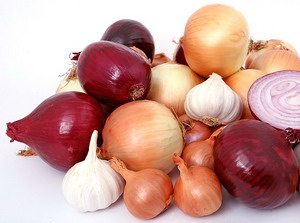
This list gives you an idea of the many food sources your good guy bacteria want you to eat to give them a nice smorgasbord to chow down on. You might notice there are no Doritos, Red Bulls, Big Macs, Pizzas, or Big Gulp sodas on the list. There is not even anything as homey as chocolate chip cookies on the list. This is not to say that you could never eat any of these. Just 80% of your diet needs to be from the good guy foods, so the good guys will always heavily outnumber the bad guys and keep them in check.
That should be easy – right?
